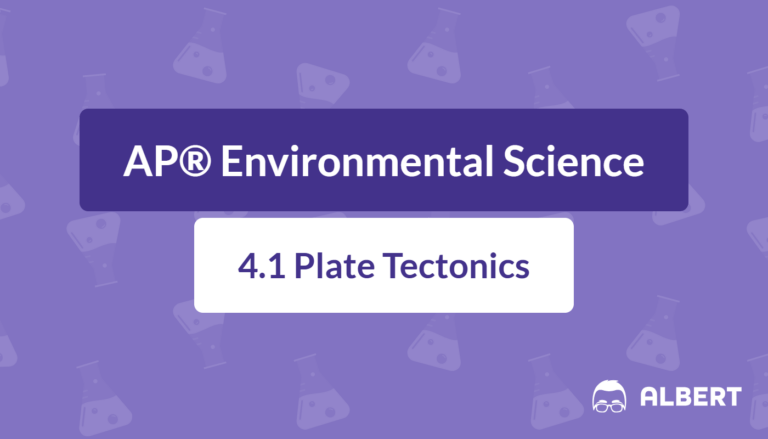
Plate Tectonics: AP® Environmental Science Review
Introduction Plate tectonics describes how the Earth’s outer shell is divided into several plates that move slowly over the planet’s surface. These plates—like puzzle pieces—constantly

Introduction Plate tectonics describes how the Earth’s outer shell is divided into several plates that move slowly over the planet’s surface. These plates—like puzzle pieces—constantly
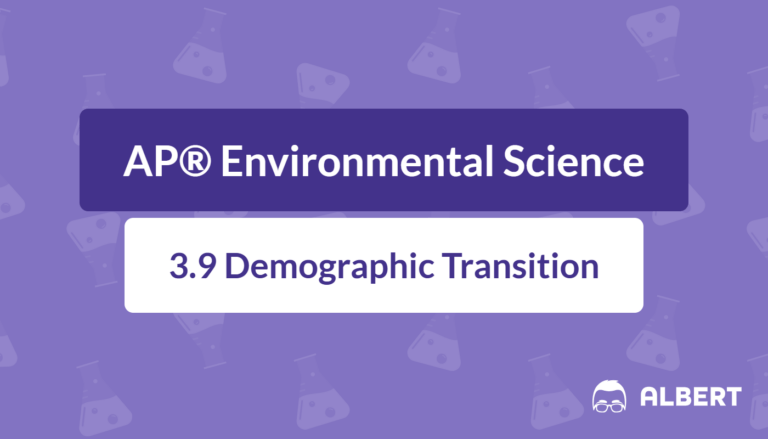
Introduction Demographic transition refers to the shift from high birth and death rates to lower birth and death rates over time. This process often accompanies
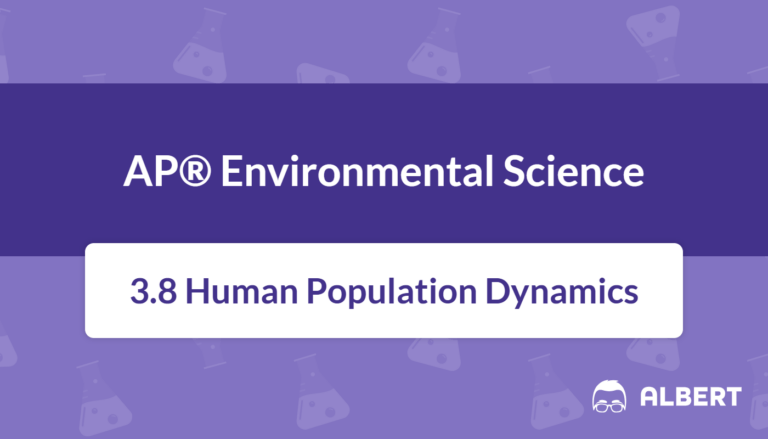
Introduction Human population dynamics is the study of how and why population sizes change over time. It analyzes factors such as birth rates, death rates,
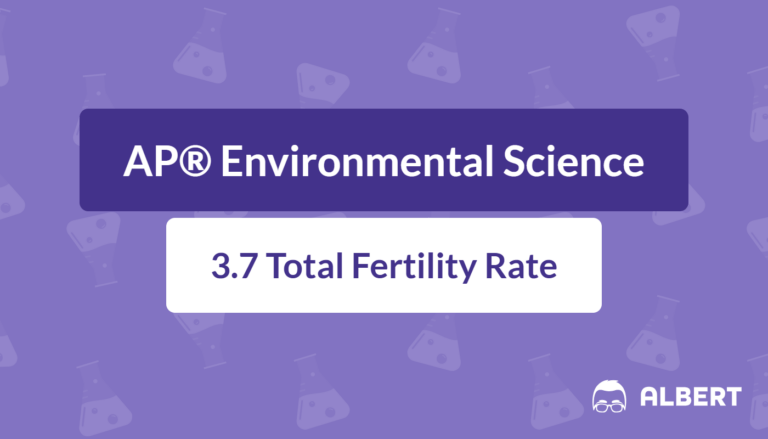
Introduction Total fertility rate (TFR) is a crucial concept in AP® Environmental Science because it directly influences human population dynamics. The total fertility rate definition refers to
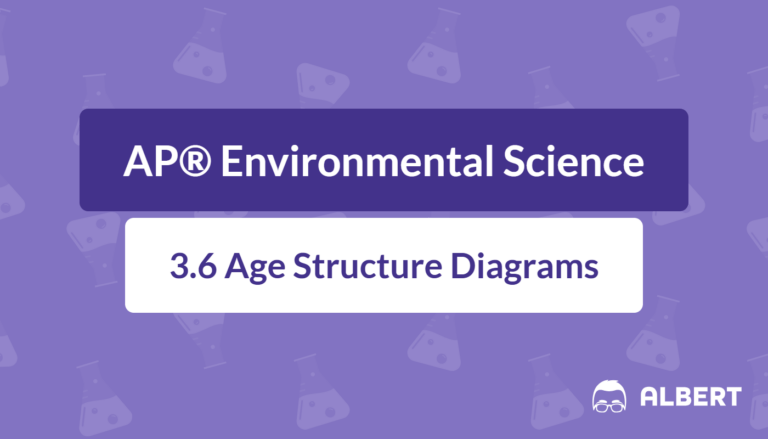
Introduction An age structure diagram is a vital tool for anyone studying population dynamics in AP® Environmental Science. They visually represent the distribution of different age
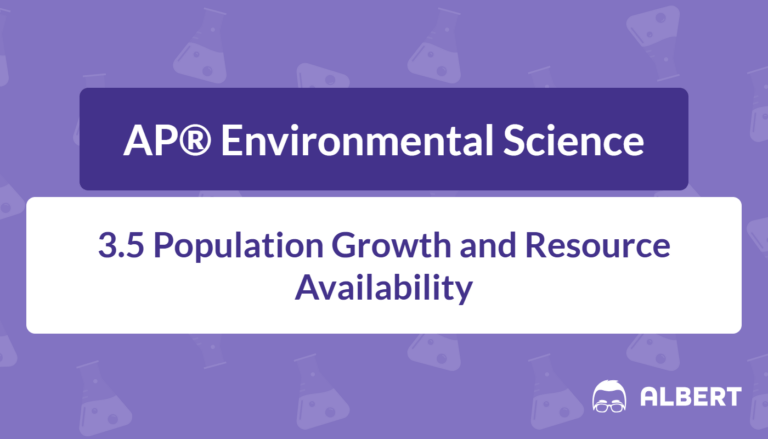
Introduction Population growth and resource availability are fundamental concepts in AP® Environmental Science. They shape how communities of organisms expand or contract in response to the environment
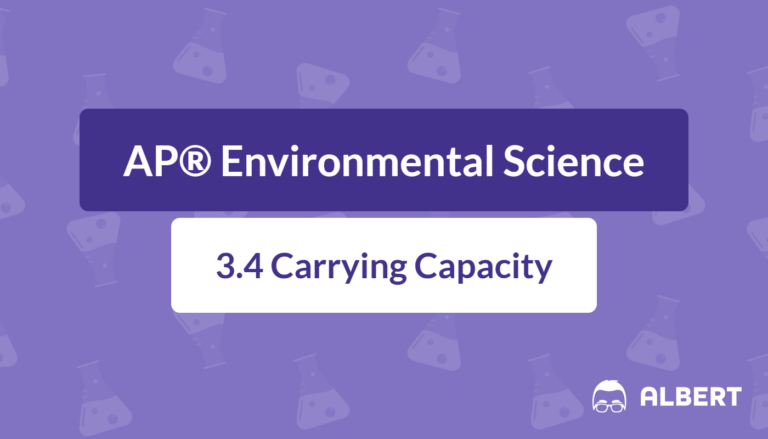
Introduction Carrying capacity in ecology influences how populations grow and thrive in an ecosystem. It sets an upper limit on the number of individuals that
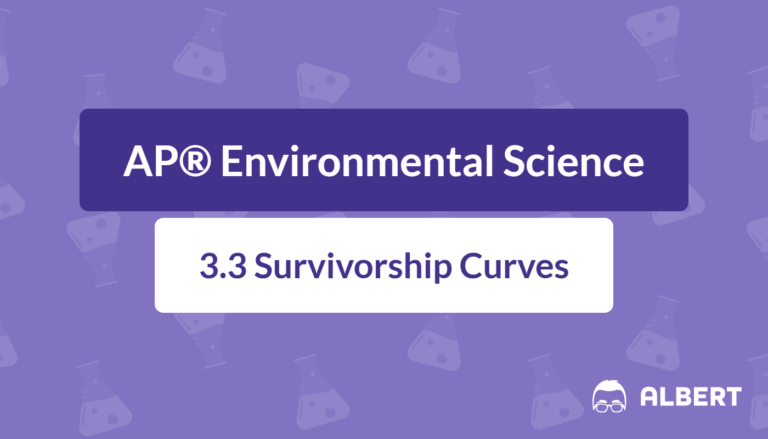
Introduction A population’s survival patterns often reflect how it responds to changing environments and resource availability. In AP® Environmental Science, survivorship curves are crucial tools for exploring
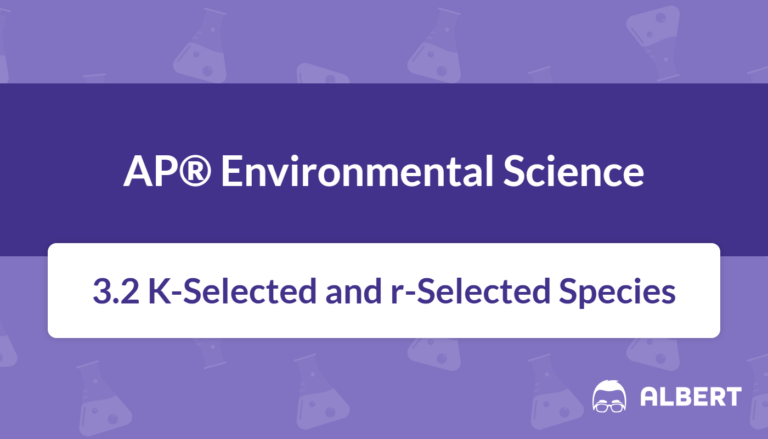
Introduction Ecologists often classify species based on traits related to reproduction and survival. One of the most common frameworks is the K-selected versus r-selected classification.